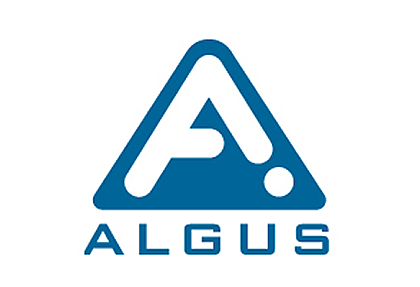Exploring the Future of Packaging Systems at China Import and Export Fair 2025: Insights and Innovations
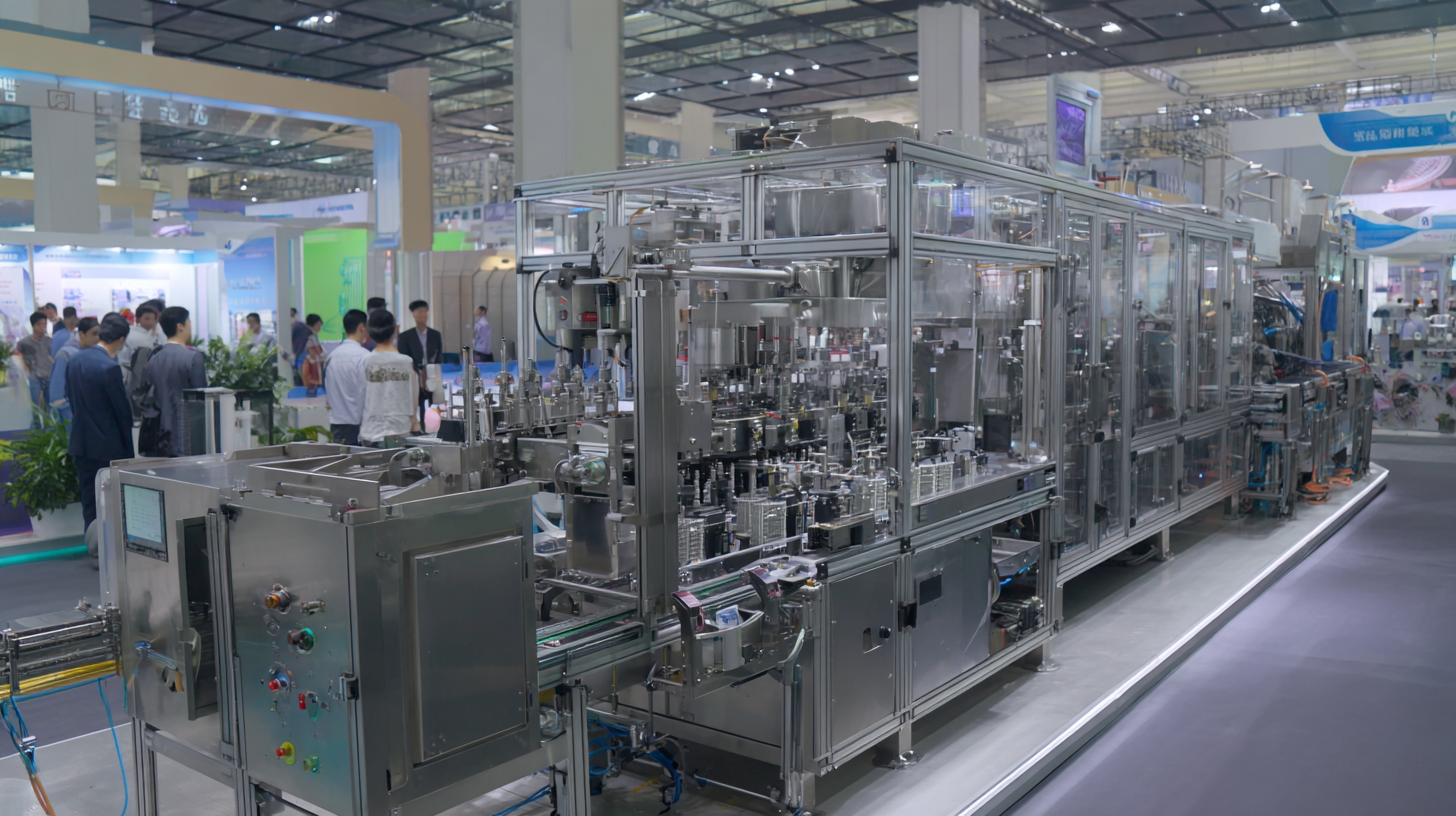 As the global market continues to evolve, packaging systems are becoming increasingly critical to businesses worldwide, accommodating shifting consumer preferences and sustainability demands. The 138th China Import and Export Fair in 2025 presents a unique opportunity to delve into the future of these systems, showcasing cutting-edge innovations and insights from industry leaders. This pivotal event will bring together professionals and companies focused on enhancing packaging solutions that not only protect products but also cater to environmental considerations and efficiency. By exploring the latest trends and technologies in packaging systems, attendees will gain valuable perspectives on how to adapt and thrive in a competitive marketplace, ultimately shaping the way goods are packaged and delivered for generations to come.
As the global market continues to evolve, packaging systems are becoming increasingly critical to businesses worldwide, accommodating shifting consumer preferences and sustainability demands. The 138th China Import and Export Fair in 2025 presents a unique opportunity to delve into the future of these systems, showcasing cutting-edge innovations and insights from industry leaders. This pivotal event will bring together professionals and companies focused on enhancing packaging solutions that not only protect products but also cater to environmental considerations and efficiency. By exploring the latest trends and technologies in packaging systems, attendees will gain valuable perspectives on how to adapt and thrive in a competitive marketplace, ultimately shaping the way goods are packaged and delivered for generations to come.
Future Trends in Sustainable Packaging Solutions at the China Import and Export Fair 2025
The China Import and Export Fair 2025 is set to showcase cutting-edge advancements in sustainable packaging solutions, reflecting a growing global emphasis on environmental responsibility. Key trends expected to dominate discussions include the rise of biodegradable materials, which offer a compelling alternative to traditional plastics. Innovations in plant-based packaging are gaining traction, as manufacturers seek to reduce their carbon footprints while meeting consumer demand for eco-friendly products. This shift not only addresses regulatory pressures but also aligns with the increasing consumer preference for sustainable choices.
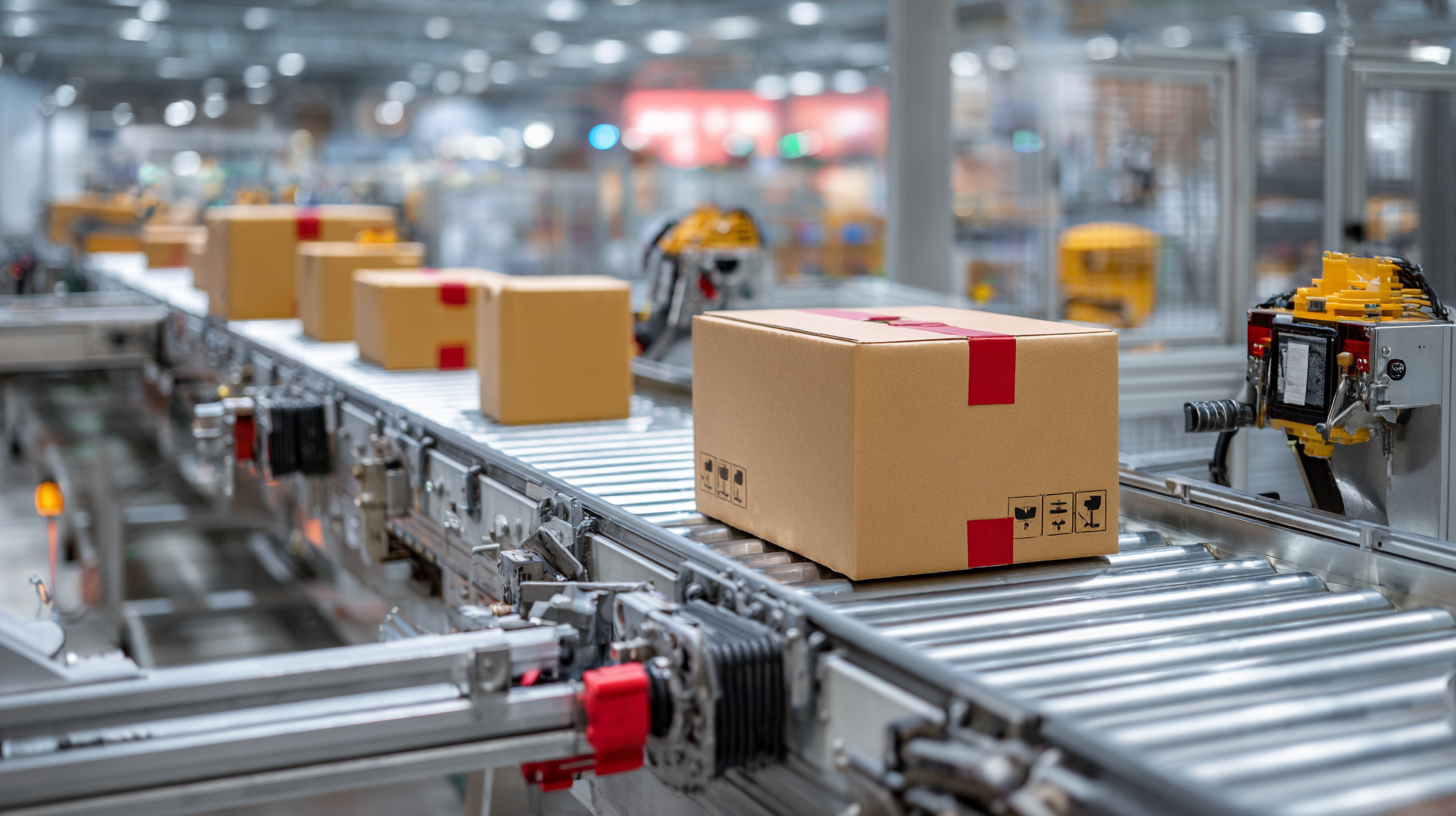
Moreover, advancements in smart packaging technologies will likely be a highlight of the fair. These solutions incorporate features such as QR codes and NFC chips, enabling better tracking and enhancing the consumer experience through interactive elements. This integration of technology with sustainability will not only improve supply chain efficiency but also empower consumers to make informed decisions regarding their purchases. As the industry moves towards an eco-conscious future, the fair will serve as a crucial platform for stakeholders to explore these innovations and their implications for both businesses and the environment.
Innovations in Smart Packaging Technologies for Consumer Engagement
The rapid evolution of smart packaging technologies is set to revolutionize consumer engagement in the coming years. According to a report by Grand View Research, the global smart packaging market size was valued at USD 29.9 billion in 2021 and is anticipated to expand at a compound annual growth rate (CAGR) of 8.8% from 2022 to 2030. This trend underscores a growing inclination among brands to leverage innovative packaging solutions that not only protect products but also provide valuable interactive experiences for consumers.
One significant innovation in this space is the integration of Internet of Things (IoT) technology into packaging systems. Smart labels equipped with QR codes and NFC (Near Field Communication) chips allow consumers to access real-time information about products, including their origin, ingredients, and sustainability practices. A study by MarketsandMarkets indicates that the smart label segment is expected to reach USD 30.90 billion by 2026, highlighting the increasing demand for interactive and informative packaging formats. As showcased at the China Import and Export Fair 2025, these advancements will enable brands to foster stronger connections with consumers, ultimately driving customer loyalty and enhancing overall shopping experiences.
Innovations in Smart Packaging Technologies at China Import and Export Fair 2025
This chart illustrates the projected growth in adoption rates of smart packaging technologies from 2023 to 2025, highlighting the increasing consumer engagement through innovations. The data reflects a growing trend towards integrating technology in packaging, driven by consumer demand for sustainability and interactive experiences.
Showcasing Breakthrough Materials for Enhanced Packaging Efficiency
At the upcoming China Import and Export Fair 2025, the spotlight will shine on breakthrough materials that promise to redefine packaging efficiency. Innovations in sustainable materials, such as biodegradable plastics, will take center stage, highlighting the industry's shift towards eco-friendly solutions. These materials not only reduce environmental impact but also enhance the durability and functionality of packaging, ensuring better protection for products during transport and storage.
Another area of exploration will be smart packaging technologies, leveraging advances such as active and intelligent packaging solutions. These materials can interact with the contents, providing real-time information about freshness and safety. Exhibitors will showcase how integrating sensors into packaging can enhance supply chain transparency and improve consumer confidence. As stakeholders gather to discuss these innovations, the fair will serve as a crucial platform for stakeholders to connect, fostering a future where packaging systems are both efficient and environmentally responsible.
Collaborative Efforts in Global Supply Chain Optimization for Packaging Systems
The future of packaging systems is being shaped by collaborative efforts in global supply chain optimization, as highlighted at the China Import and Export Fair 2025. Industry leaders are uniting to tackle the challenges posed by increasing demand for sustainable and efficient packaging solutions. This convergence of knowledge and practices aims to enhance the performance of packaging systems while minimizing environmental impact. The fair serves as a platform for sharing innovative technologies and strategies that promise to streamline processes and reduce costs across the supply chain.
One of the key highlights of the fair is the focus on interdisciplinary collaborations that bridge various sectors within the packaging industry. By integrating insights from logistics, manufacturing, and sustainability experts, stakeholders are developing innovative packaging systems that not only protect products but also align with global sustainability goals. Partnerships among businesses, academia, and research institutions are fostering an environment where cutting-edge materials and technologies can thrive, ensuring that packaging systems evolve in a way that meets the future’s demands for efficiency and environmental responsibility.
Exploring the Future of Packaging Systems at China Import and Export Fair 2025: Insights and Innovations
| Category | Innovation | Impact on Supply Chain | Collaboration Opportunities |
|---|---|---|---|
| Sustainable Materials | Biodegradable packaging | Reduces environmental impact | Joint research initiatives |
| Smart Packaging | RFID & IoT integration | Enhances traceability | Technology sharing |
| Minimalist Design | Reduced packaging space | Lower shipping costs | Collaborative design workshops |
| Recyclability | Easily recyclable materials | Supports circular economy | Supply chain partnerships |
Emerging Regulations and Standards Impacting Packaging Designs in 2025
As the packaging industry evolves, the upcoming China Import and Export Fair 2025 will highlight the significant impact of emerging regulations and standards on packaging designs. With the global push for sustainability, regulatory bodies are introducing stringent guidelines aimed at reducing plastic waste and promoting eco-friendly materials. For instance, the Global Packaging Alliance has projected that by 2025, over 50% of all packaging materials will need to be recyclable or reusable, impacting manufacturers' design processes significantly.
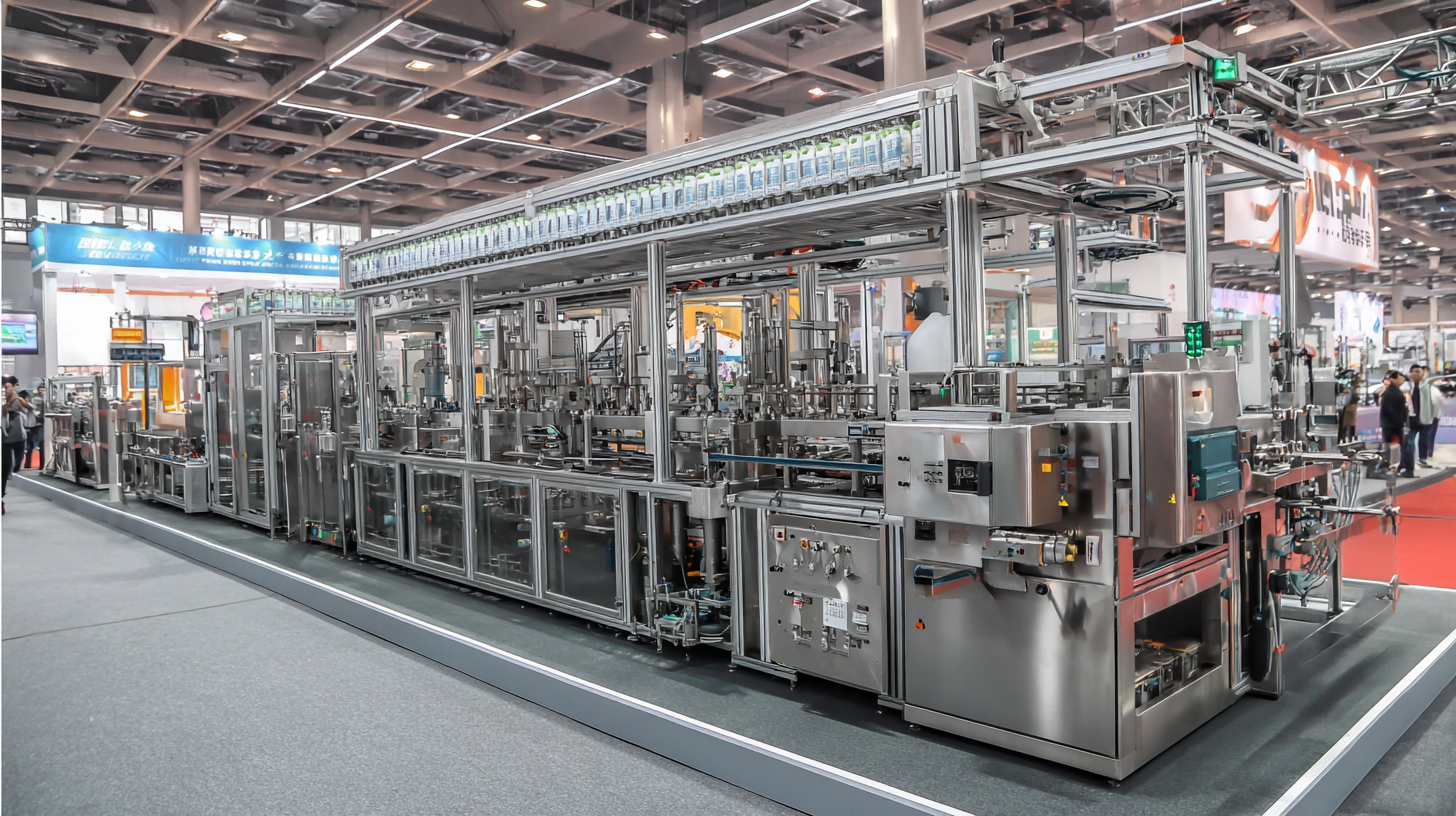
Moreover, changes such as the European Union's Green Deal, which aims to make all packaging recyclable by 2030, will resonate throughout international markets, including China. Industry reports indicate that 75% of consumers now consider packaging sustainability as a critical part of their purchasing decisions. This shift in consumer sentiment necessitates innovation in packaging solutions that adhere to these emerging regulations, prompting brands to invest in research and development for responsible packaging alternatives that meet both compliance standards and consumer expectations.
Related Posts
-

How to Choose the Right Packaging Systems for Your Business Needs
-
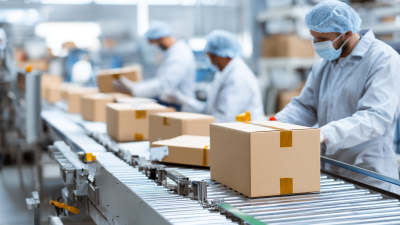
5 Best Packaging Systems for Streamlining Your Business Operations
-
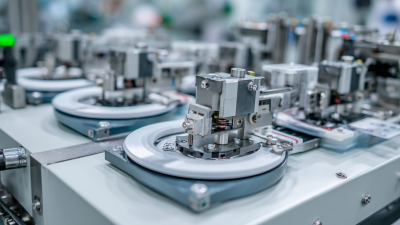
7 Best Practices for Optimizing Your Blister Sealing Machine Efficiency
-

Unlocking the Future of Packaging Automation with Digital Innovations
-
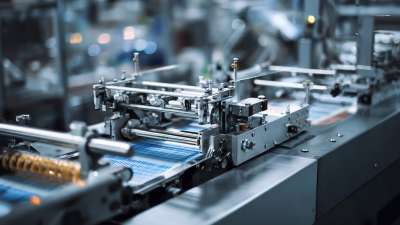
7 Essential Tips for Choosing the Right Food Packaging Machine for Your Business
-

Innovative Examples of Packaging Equipment Transforming Global Supply Chains
